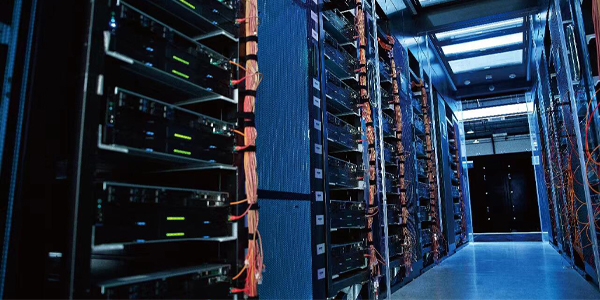With the rapid adoption of new technologies such as 5G, data centers have become the core infrastructure driving the development of the digital economy, experiencing rapid growth in both scale and quantity. Faced with the vast size of facilities and ever-increasing computing power demands, traditional air-cooling technology has struggled to meet the growing cooling needs of data centers, making liquid cooling technology the preferred solution for the construction of future new-type data centers.At a recent industry event, industry leaders pointed out that to promote the integrated development of computing power across multiple dimensions, the industry is actively deploying computing power networks and building new smart computing centers to provide more convenient and efficient computing power services. In this process, data centers, as the critical link for data hosting, have made green, low-carbon, and sustainable development an irreversible trend. Liquid cooling technology, with its significant energy-saving and carbon-reduction advantages, occupies an important position in data center construction.
Data centers are entering the "liquid cooling era." As the "central brain" for data flow, processing, and storage, data centers have increasingly urgent cooling technology needs. Driven by new technologies such as 5G, traditional data centers are accelerating their integration with networks and cloud computing, evolving into new-type data centers. The emergence of liquid cooling technology undoubtedly provides strong support for this evolution.
Liquid cooling technology has multiple development pathways, mainly including cold-plate, immersion, and spray. Cold-plate liquid cooling employs non-contact cooling with minimal modifications to existing server chip components, featuring high technological maturity. Immersion liquid cooling fully submerges servers in coolant for more efficient cooling. However, immersion liquid cooling still requires verification in terms of technical reliability and incurs higher costs. Spray liquid cooling, on the other hand, directly sprays coolant for cooling, requiring minimal modifications to data center infrastructure.
Despite the many advantages of liquid cooling technology, its industrialization process faces numerous challenges. Among them, cost is a critical factor limiting the popularization of liquid cooling technology. According to estimates, the initial construction cost of liquid-cooled data centers is about 10% higher than that of air-cooled ones, and it takes 1.5 years to achieve a balance between total cost of ownership and return on investment. Furthermore, the liquid cooling technology ecosystem is still not fully developed, with varying product forms, making it difficult to standardize and scale applications.
To overcome these challenges, the industry is actively embracing liquid cooling technology and setting higher requirements. Some leading enterprises have invested in the construction of liquid cooling production bases, aiming to connect the entire industry chain and achieve batch, replicable, and scalable production of liquid cooling technology. These efforts have created successful models for increasing capacity and expanding the scale of the liquid cooling industry, providing a path for the healthy development of the liquid cooling industry.
Looking ahead, liquid cooling technology will play an even more important role in the field of data centers. Lori has focused on the field of cooling for nearly a decade, with our own developed direct chip liquid cooling loop that has been applied in multiple data centers. We can help you build more energy-efficient and high-performance liquid-cooled data centers. Contact us!







